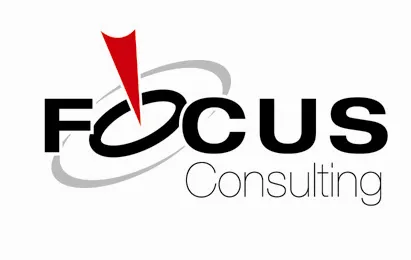
YOU DESERVE MORE VISIBILITY.
YOU DESERVE MORE FREEDOM.
YOU DESERVE MORE REVENUE.
YOU DESERVE TO BE A PLAYMAKER

WHO DO WE SERVE
You have an amazing product or service. It helps other people improve themselves. It could be in the form of leadership, weight loss, coaching, better habits, entrepreneurship, etc. Whatever it is, it helps people become a better version of themselves.
But it’s only valuable if people know about it, knock on the door and come in.
We’ve been living and breathing digital marketing and marketing automation for personal development companies since 1998. Our team exists for one reason: to spread the word of your value to as many of the right people as possible, 24 hours a day 7 days a week. We have a warehouse full of strategies we can use that will elevate you in your niche market . We geek out on marketing so you don’t have to. You don’t “outsource” marketing to us; we become an invaluable member of your team that will work tirelessly to elevate your business and bring in more clients.
We do that. We do it well. Let us do it well for you.
A BOLDER MARKETING
AGENCY
LET’S GET TO WORK
Let's Get Social
Knowledge You Need
Where We Are
Focus Digital Marketing Agency
3030 NW Expressway, Suite 300
Oklahoma City, OK 73112
405-217-4752 - text/call the office today
Copyright © 2024 Focus Consulting. All rights reserved.